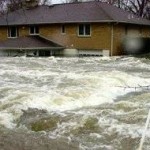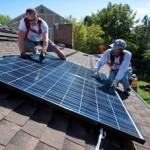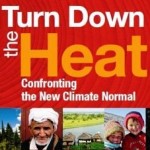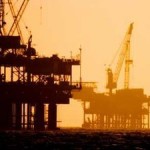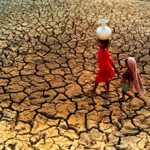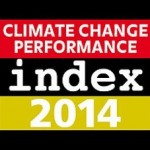
Gland, Switzerland – All of the world’s energy needs could be provided cleanly, renewably and economically by 2050, according to a major new study by WWF (World Wildlife Fund).
Two years in preparation, The Energy Report breaks new ground with its global scope and its consideration of total energy needs including transport, and making adequate and safe energy available to all.
“If we continue to rely on fossil fuels, we face a future of increasing anxieties over energy costs, energy security and climate change impacts,” said WWF Director General Jim Leape. “We are offering an alternative scenario – far more promising and entirely achievable.”
“The Energy Report shows that in four decades we can have a world of vibrant economies and societies powered entirely by clean, cheap and renewable energy and with a vastly improved quality of life.”
“The report is more than a scenario – it’s a call for action. We can achieve a cleaner, renewable future, but we must start now.”
The two-part report contains a detailed analysis and scenario presented by respected Dutch energy consultancy, Ecofys, an analysis by WWF, and a graphic narrative by OMA (Office for Metropolitan Architecture). It shows that by 2050, power, transport, industrial and domestic energy needs could be met with only isolated residual uses of fossil and nuclear fuels – vastly reducing anxieties over energy security, pollution, and not least, catastrophic climate change.
Energy efficiency in buildings, vehicles and industry would be a key ingredient, along with an increase in the energy needs met through electric power, renewably generated and supplied through smart grids.
Under the Ecofys scenario, in 2050 total energy demand will be 15 percent lower than in 2005, despite increases in population, industrial output, freight and travel – and energy being made available to those currently not enjoying its benefits. The world no longer relies on coal, or nuclear fuels, while international rules and cooperation limit potential environmental damage from biofuel production and hydroelectricity development.
“In this report, we are very deliberately not making extravagant assumptions about the benefits of technologies yet to come,” said Ecofys Director Kees van der Leun. “This inherently means that this is a moderate estimate of the renewable energy future we could enjoy by 2050.”
“At Ecofys, we know that solutions for the global energy challenge are at hand. There are numerous systems that use energy more efficiently, allowing us to manage current energy sources more carefully. Moreover, we understand the opportunities in using the vast amounts of sustainable energy that surround us.”
Providing reliable, affordable and clean energy on the scale required will need a global effort – similar to the global response to the world financial crisis. But the benefits would be much greater in the long term, with the savings from lower energy costs balancing total new investments in renewable energy and energy efficiency by 2040 and savings over a “Business-As-Usual” scenario amounting to around € 4 trillion from lower energy costs alone by 2050.

Other benefits are savings from avoiding energy security conflicts, dirty spills and supply disruptions that are inherent in sourcing ever scarcer fossil fuels from more and more politically or environmentally challenging areas.
Importantly, The Energy Report scenario would see CO2 emissions from the world’s energy supply sector reduced by over 80 per cent by 2050 – providing a high level of confidence that the average global temperature rise will be limited to the less than the two degrees Celsius threshold identified as presenting unacceptable risks of catastrophic climate change.
“We will live differently, but we will live well,” said Jim Leape. “We must provide energy for all without imperiling our planet, and this report shows that we can.”
Click here to download The Energy Report.

About WWF
WWF is one of the world’s largest and most experienced independent conservation organizations, with over 5 million supporters and a global network active in more than 100 countries. WWF’s mission is to stop the degradation of the planet’s natural environment and to build a future in which humans live in harmony with nature, by conserving the world’s biological diversity, ensuring that the use of natural resources is sustainable, and promoting the reduction of pollution and wasteful consumption.

About Ecofys
Established in 1984 with the mission of achieving a sustainable energy supply for everyone, Ecofys has become a leader in energy saving, sustainable energy solutions and climate policies. The unique synergy between their fields of competency is the key to this success. They create smart, effective, practical and sustainable solutions for and with their clients.

About OMA
The Office of Metropolitan Architecture (OMA) is a leading international partnership practicing contemporary architecture, urbanism, and cultural analysis. The counterpart to OMA’s architectural practice is the company’s research-based think thank: AMO. While OMA remains dedicated to the realization of buildings and master plans, AMO operates in areas beyond the boundaries of architecture and urbanism such as media, politics, sociology, technology, energy, fashion, publishing and graphic design.
Source: WWF.

